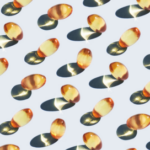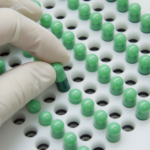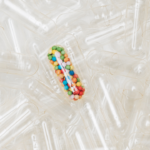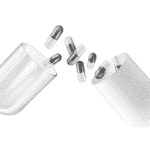
Excipients for Oral Solids: How the Market Scenario Differs from Pharmaceuticals to Nutraceuticals
The pharmaceutical and nutraceutical markets are exhibiting increasingly disparate dynamics and require different success strategies. As excipient suppliers continue to look for growth opportunities while tackling industry challenges, it is crucial to understand the market segments.









